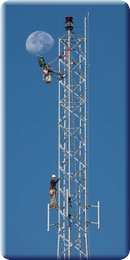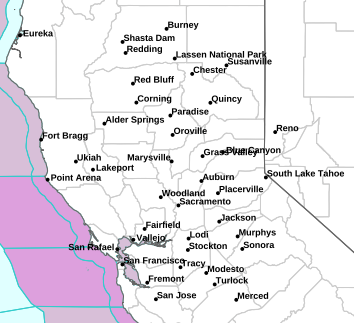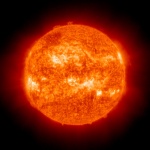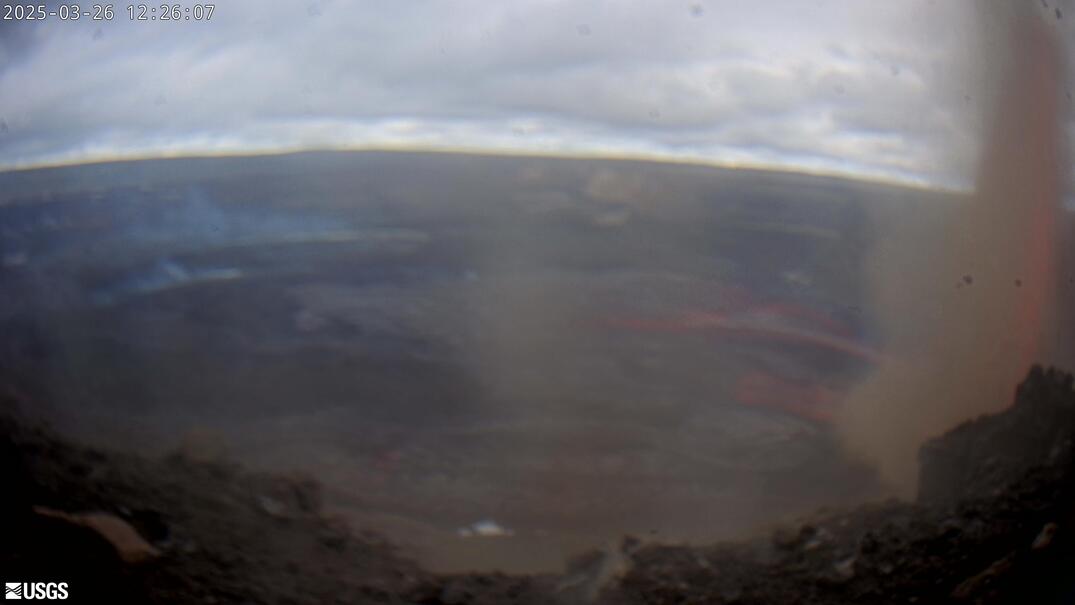



| Advisories / Alerts |
| Severe Wx Summary! | ||||||||
 |
||||||||
|
||||||||
|
||||||||
 |
||||||||
| Sat, Apr 27, 2024 - 5:51am | ||||||||
|
|
|
|
|
|
Info Links
| HAWAIIAN VOLCANO OBSERVATORY DAILY UPDATE U.S. Geological Survey Friday, April 26, 2024, 10:23 AM HST (Friday, April 26, 2024, 20:23 UTC) |
| KILAUEA VOLCANO (VNUM #332010) 19°25'16" N 155°17'13" W, Summit Elevation 4091 ft (1247 m) Current Volcano Alert Level: ADVISORY Current Aviation Color Code: YELLOW |
Activity Summary: Kīlauea volcano is not erupting. Increased seismicity over the past month indicates heightened activity beneath the summit of Kīlauea. Shallow earthquakes have also been observed beneath the upper East Rift Zone over the past several days. Updates will be provided daily while at a heightened state of unrest. Summit Observations: Earthquake activity has increased over the past month beneath the summit of Kīlauea and south of the caldera. Activity has alternated between typical shallow, 0.5-2.5 miles (1-4 km) earthquakes beneath the south caldera region and 3-6 miles (5-10 km) deep earthquakes directly beneath Kīlauea caldera. Most of these earthquakes have been smaller than magnitude-2. Kīlaueaʻs summit remains inflated. Overall ground deformation rates remain low, with ongoing inflation of the summit and uplift south of the caldera. Tiltmeters near Sand Hill and Uēkahuna showed no significant changes over the past day. Sulfur dioxide (SO2) gas emission rates remain low. An SO2 emission rate of approximately 52 tonnes per day was recorded on April 23. Rift Zone Observations: Seismicity in Kīlauea's upper East Rift Zone and Southwest Rift Zone remains low overall. Shallow earthquakes, 0.5-2.5 miles (1-4 km) deep, have been observed beneath the upper East Rift Zone over the past several days. Most of these earthquakes have been smaller than magnitude-2. No unusual activity has been noted along the middle and lower sections of Kīlauea's East Rift Zone. Seismometers detected two rockfalls at Puʻuʻōʻō last night. We continue to closely monitor both rift zones. Measurements from continuous gas monitoring stations downwind of Puʻuʻōʻō in the middle East Rift Zone—the site of 1983–2018 eruptive activity—continue to be below detection limits for SO2, indicating that SO2 emissions Puʻuʻōʻō are negligible. Analysis: Last Friday night's earthquake swarm had a strong low frequency component indicating movement of magma within the summit system. This activity appears to have been deeper than normal activity that has preceded recent summit eruptions and HVO will continue to monitor the summit region closely. At this time, it is not possible to say with certainty if this renewed activity will lead to an eruption in the near future –or simply remain confined below ground. However, an eruption in Kīlauea’s summit region, within Hawai‘i Volcanoes National Park and away from infrastructure, is one potential outcome. UPDATES: The USGS Hawaiian Volcano Observatory (HVO) will provide daily updates while at a heightened state of unrest. HVO continues to closely monitor Kīlauea for signs of increasing activity. Should volcanic activity change significantly, a Volcanic Activity Notice will be issued. Hazards are still present on Kīlauea and are described below. Residents and visitors should stay informed and follow County of Hawai‘i and Hawaiʻi Volcanoes National Park guidelines. Hazard Analysis: Levels of volcanic gases (sulfur dioxide and carbon dioxide) can remain locally hazardous even when Kīlauea is not erupting. Local concentrations of sulfur dioxide (SO2) and/or hydrogen sulfide (H2S) may persist in downwind areas, and residents may notice odors of these gases occasionally. Significant hazards also remain around Halemaʻumaʻu from crater wall instability, ground cracking, and rockfalls that can be enhanced by earthquakes within the area closed to the public. For discussion of Kīlauea hazards, please see: https://www.usgs.gov/observatories/hawaiian-volcano-observatory/hazards. More Information: Hawaiʻi Volcanoes National Park visitor information: https://www.nps.gov/havo/index.htmKīlauea activity summary also available by phone: (808) 967-8862Kīlauea webcam images: https://www.usgs.gov/volcanoes/kilauea/webcamsKīlauea photos/video: https://www.usgs.gov/volcanoes/kilauea/photo-and-video-chronologyKīlauea lava-flow maps: https://www.usgs.gov/volcanoes/kilauea/mapsKīlauea FAQs: https://www.usgs.gov/volcanoes/kilauea/faqsKīlauea hazards discussion: https://www.usgs.gov/observatories/hawaiian-volcano-observatory/hazardsThe Hawaiian Volcano Observatory is one of five volcano observatories within the U.S. Geological Survey and is responsible for monitoring volcanoes and earthquakes in Hawaiʻi and American Samoa. |
This is a static image of Kilauea,
The VolcanoCam image automatically updates approximately every two hours.
Volcano image courtesy of ...
Views of Kilauea summit from live webcams
Monitoring Data
Kilauea Latest Entrie
33Information courtesy of ...
U.S. Geological Survey Hawaiian Volcano Observatory (HVO).
- USGS Cascades Volcano Observatory
- Cascade Range Current Update
- USGS Alert-Notification System for Volcanic Activity
- Volcano Observatories: Alaska
- Volcano Observatories: Cascades
- Volcano Observatories: Hawaii
- Volcano Observatories: Long Valley
- Volcano Observatories: Mariana Islands
- Volcano Observatories: Yellowstone
Ambient Weather VWS v14.00 Weather-Display (10.37S-(b58))
Virtual VP software Top Website Map Copyright © 2007 - 2024 Foresthillweather.com Never base important decisions on this or any weather information obtained from the Internet
 Air Quality
Air Quality








